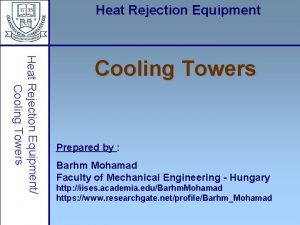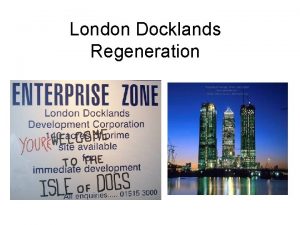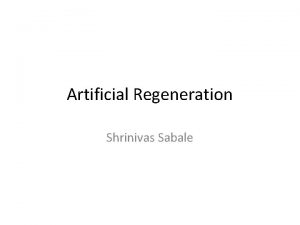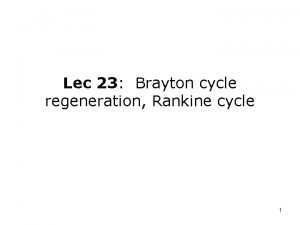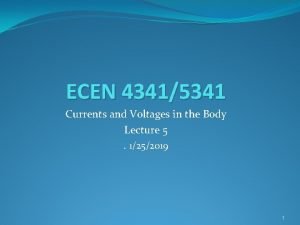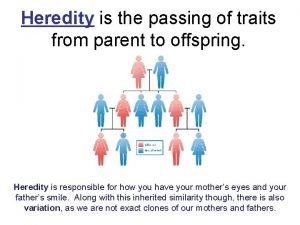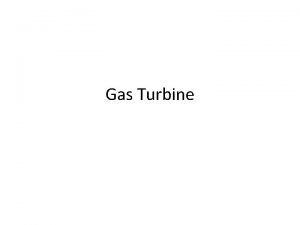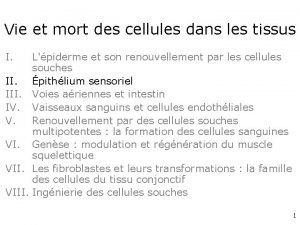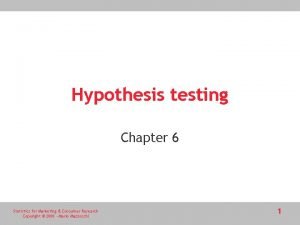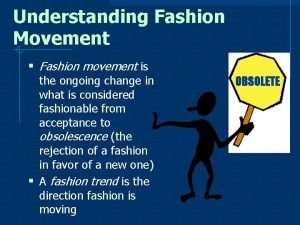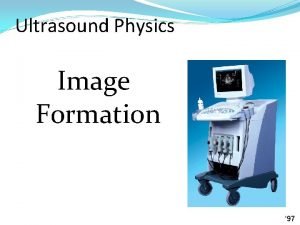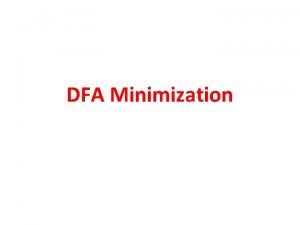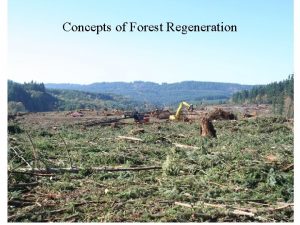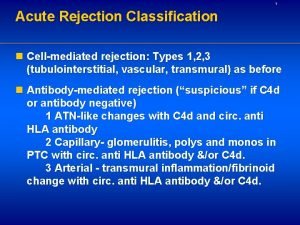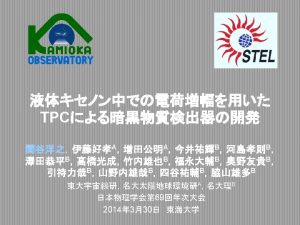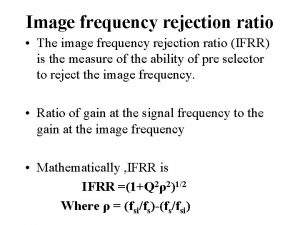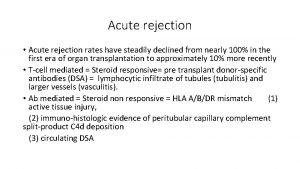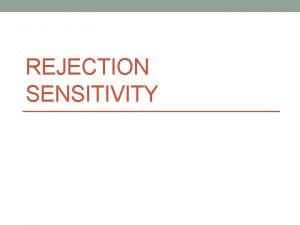Maximization of Regeneration and Minimization of Heat Rejection














- Slides: 14

Maximization of Regeneration and Minimization of Heat Rejection in Gas Power Generation Cycles P M V Subbarao Professor Mechanical Engineering Department Better Implementation of Carnot Theory in a Practicable Cycles ….

Reduction of CO 2 Emissions • Increasing CO 2 content in atmosphere is one of the factor for Global Warming. • Power Generated CO 2 is responsible. • Kaya’s Equation: • • • Where POP : Population that demands and consume energy GDP/POP: Per capita gross domestic product, reflecting standard of living. E/GDP: Energy generated per gross domestic product, the energy intensity. CO 2/E : Emission per unit energy generation, the carbon intensity S: Natural and induced removal emission product from atmosphere into a sink.

Carbon dioxide Sinks Natural • Biosphere sinks : Natural Resources • Geosphere Sinks: Natural Resources with anthropogenic Anthropogenic intervention. • Material Sinks: Anthropogenic Resources

Learnings from Biosphere Matter cycles in regions of energy flow; such cycles, visible in natural complex structures, including those of life, occur as limited material resources scramble to provide a vehicle for entropy export. {Schneider & Sagan, 2005}

A Never Lost Game Matter cycles in regions of energy flow; such cycles, visible in natural complex structures, including those of life, occur as limited material resources scramble to provide a vehicle for entropy export. {Schneider & Sagan, 2005}

Entropic Study of Brayton & Rankine Cycles

More Entropy Vehicles for Better Success

Energy Flow in Combined Cycle Fuel Power Waste Heat Final Waste heat HRSG

Energy Flow Analysis of Combined Cycle Net Power Output of Gas Cycle: Rate of Heat Rejection in Gas Cycle: Rate of Heat input to steam Cycle: Net Power Output of Steam Cycle:

Net Power Output of Combination Overall Efficiency of Sandwich:

Special Law of Combination

Sensitivity Analysis Increasing the gas turbine efficiency improves the overall efficiency only if:

Scope for Improving//including Entropy Vehicles • The rate of change of efficiency of Rankine cycle with respect to Brayton cycle is always negative. • A care should be taken while improving the efficiency of Brayton cycle, so that it will not adversely affect the performance of Rankine cycle. • A proper selection of operating variables of Brayton cycle and Rankine cycle is essential in getting maximum benefits due to Combination.

h. R=0. 35 h. R=0. 4
 Young heat exchangers
Young heat exchangers Gas turbine with regeneration
Gas turbine with regeneration London docklands regeneration
London docklands regeneration Objectives of artificial regeneration
Objectives of artificial regeneration Brayton rankine cycle
Brayton rankine cycle Fiat doblo dpf regeneration procedure
Fiat doblo dpf regeneration procedure Planarian regeneration
Planarian regeneration Heredity
Heredity Classification of gas turbines
Classification of gas turbines Cellules ciliées régénération
Cellules ciliées régénération Tissue regeneration
Tissue regeneration Nottingham redevelopment
Nottingham redevelopment Acceptance and rejection region
Acceptance and rejection region Flop fashion cycle examples
Flop fashion cycle examples Sound beam ultrasound
Sound beam ultrasound
